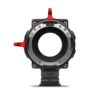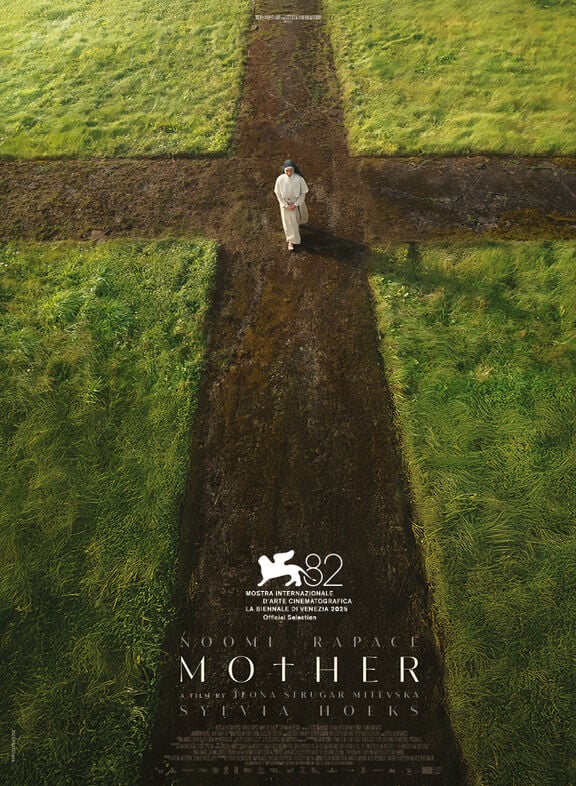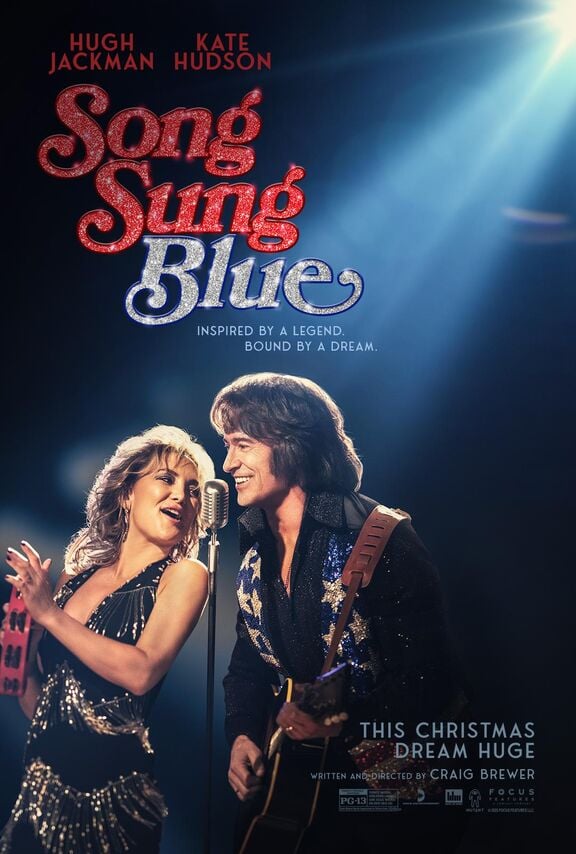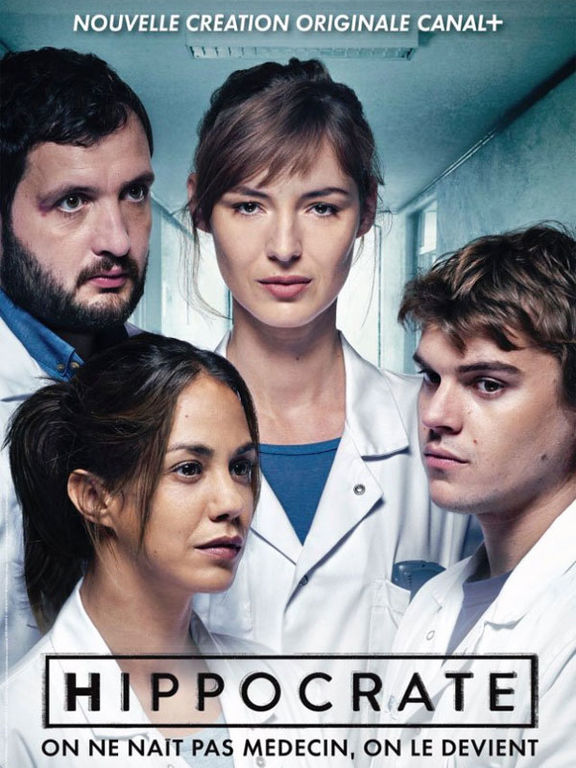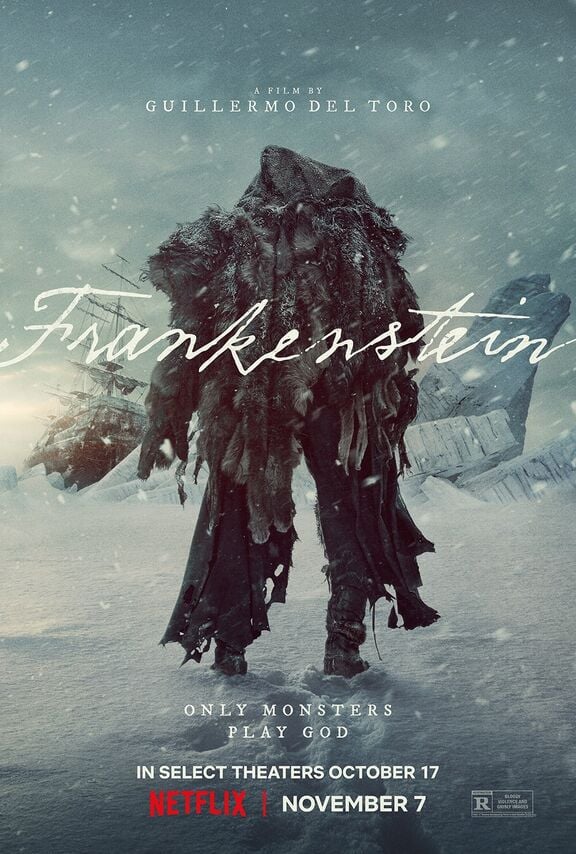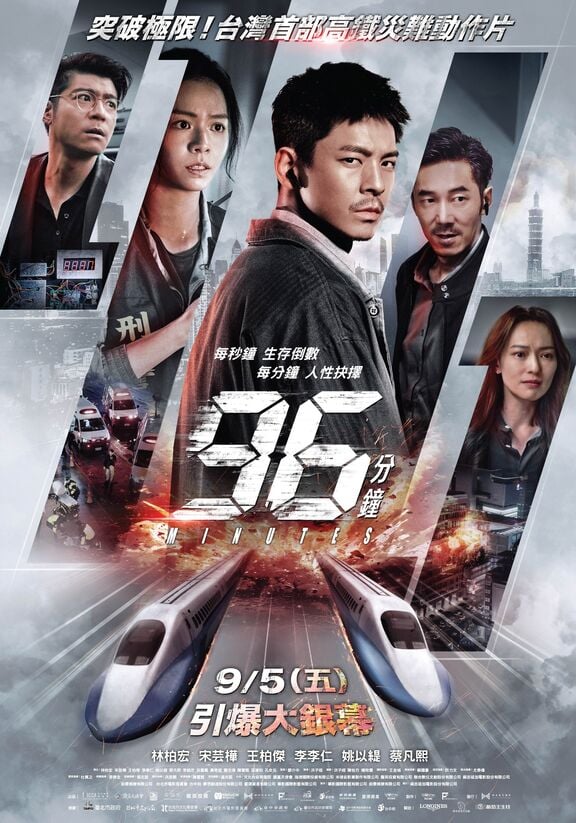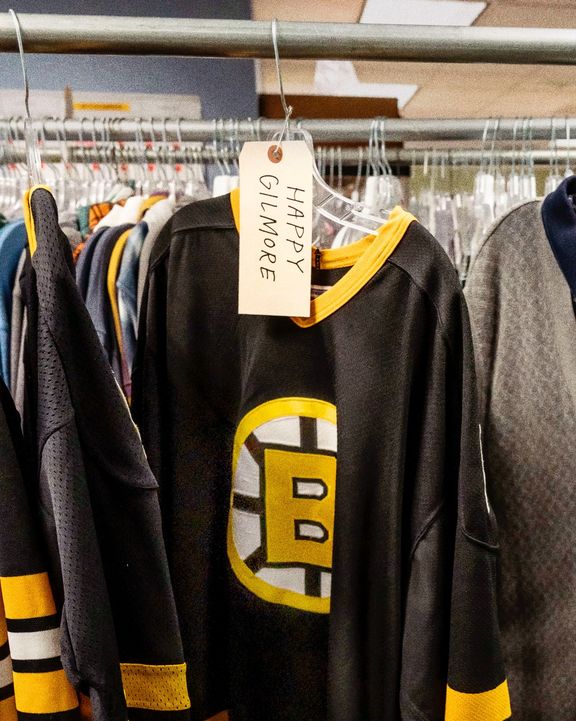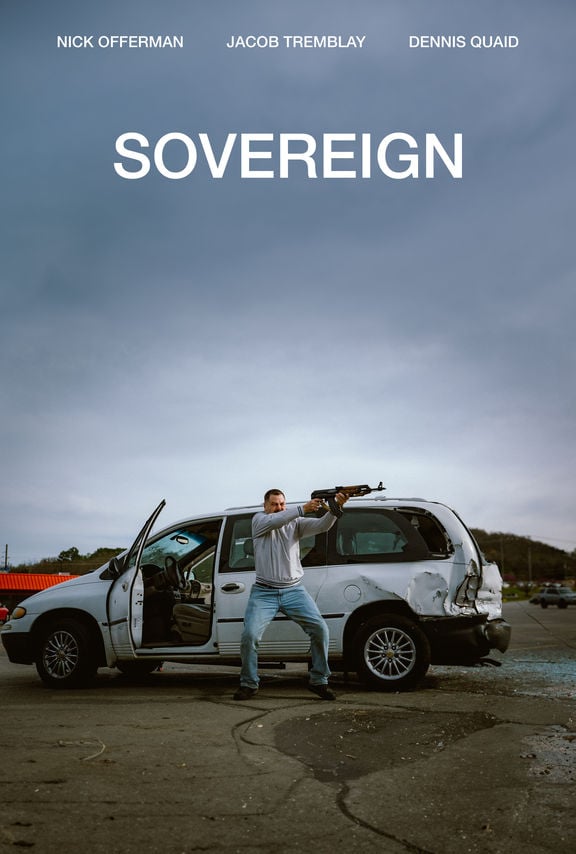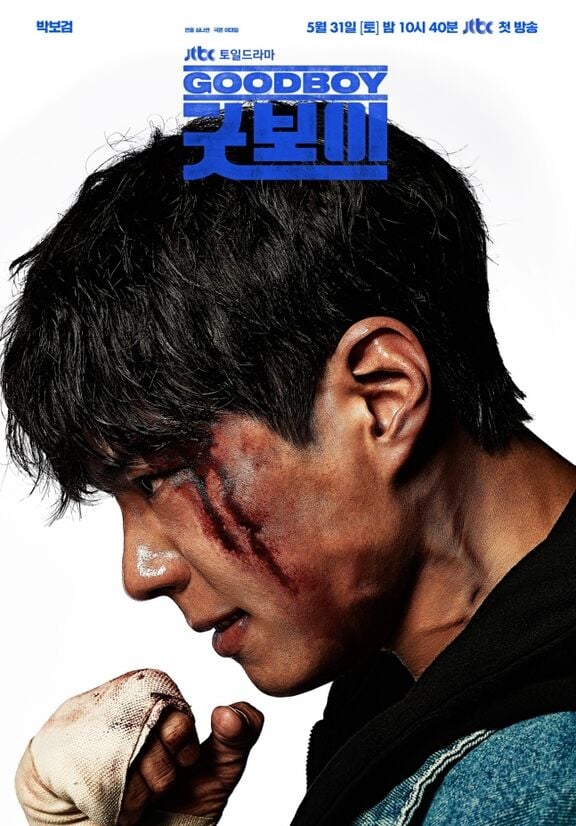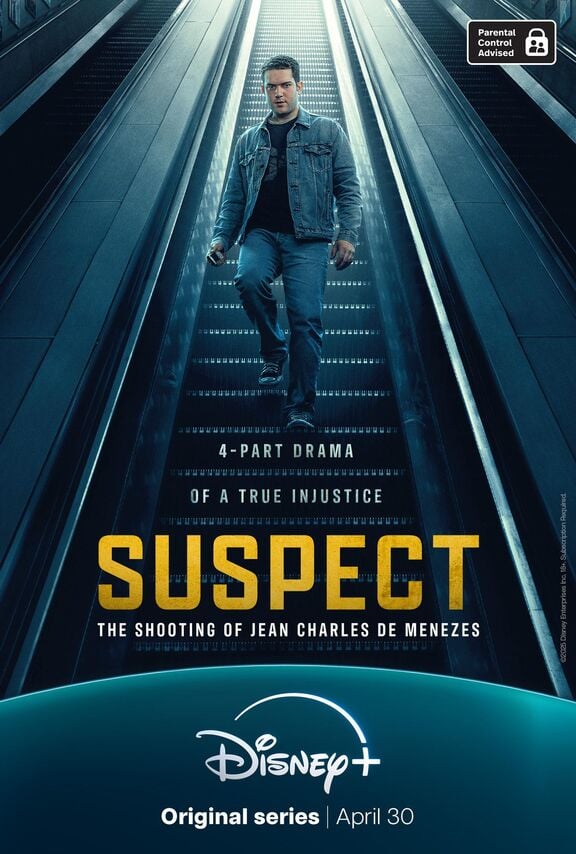
Horizon: An American Saga - Chapter 1
2024 | movie
DoP Jimmy Muro
Director Kevin Costner
Leitz lens SUMMILUX-C
Production Companies New Line Cinema | Territory Pictures Entertainment | Warner Bros.
Distribution Warner Bros. | Axinite Digicinema | Metropolitan Filmexport | Paradiz | Saga Film Studios | TOBIS Film | Vertigo Distribution s.r.o. | Vertigo Média Kft. | Warner Bros. Pictures | Warner Bros. | Aqua Entertainment Group | Echo Lake Distribution | Entermode | Falcon Films | Madman Entertainment | Madman Films |Max |Myndform | NOS Audiovisuais | Noori Pictures | Nos Lusomundo | Parallax Studios | SF Studios | Stan Entertainment | TOBIS Home Entertainment | Tanweer | Unicorn Media
Awards 5 nominations total
Equipment Supplier Keslow Camera | Los Angeles
Country USA
Jimmy Muro - Horizon: An American Saga

Seth Emmons: How did you get your start as a cinematographer?
Jimmy Muro:I worked as a camera operator and Steadicam operator for many years. In 1989, I met Kevin Costner while operating on Field of Dreams, and we worked together again on Dances with Wolves the following year. We became friends. Dances with Wolves was his directorial debut. When he directed his third film in 2003, Open Range, he moved me up to DP it. He’s the person who made me a DP and I feel like I owe everything to him.
How did you get involved with Horizon: An American Saga?
This project is Kevin’s labor of love. He’s been working on it since the 80s. And the fact that he asked me to shoot it, I’m going to do it right! It’s the adventure of a lifetime!
Can you tell me about the story of the films?
So it’s actually four films. We have four scripts, and so far we’ve shot the first two. It’s an epic about the birth of this nation. The first film is telling the pioneer story, the westward expansion, what the hell kept them moving westward? It’s a portion of history that Kevin wants to be seen by kids. Nobody watches those old Western movies anymore, but this subject is important.
The whole thing, all four movies, is so incredibly broad. It could have been a streaming series and run for many years without running out of stories, but Kevin’s heart has always been in features. I think he’s got a really nice concept for all four.
How did you approach developing the look of the films?
Kevin is definitely not into contrived things, which I appreciate. He usually has a pretty pure, uncomplicated vision. Very classic. We’re trying to tell a new story, but Kevin is always saying, “Jimmy, go back to the script as you’re setting this shot up and make sure we’re doing classic, iconic frames.” Lens height, camera movement, I’m puzzling all of this together based on his vision. When it’s time to put the camera low past the hip, that’s where it goes. We’re not talking about a filmmaker that wants to be bouncing across the prairie handheld. It’s just not his style.
But look, there’s nothing contrived about a wagon train with 60 wagons out in the high plains of Utah. Somebody has to control those animals and all that stuff. Just imagining it is like, wow. How did the pioneers deal with it? Holy shit, where are they going to get water?
We shot a scene where a mother and daughter are fleeing from an attack on the town through an underground tunnel lit by a single lantern. I whipped out the handheld for that sequence, but I don’t think a lot of that footage survived editorial. At the end of the day he’s looking for more poised, controlled imagery.

Were there any references you had in mind prior to shooting?
I initially thought about certain scenes in the vibe of There Will Be Blood, but then the project and the story starts speaking to you. The scenery starts speaking to you. And those things give you the answers. The answers come to you. I really don’t know how to classify this one or compare it to anything else.
At the beginning of the first film we were storyboarding ourselves to death and super over-prepped. We were planning this, or we were going to do it this way… But it wasn’t happening. We needed to discover it while we were out there. And now we’re really efficient with it. Now we can hit the ground running as a team. Our production designer Derek Hill, myself, Kevin, first AD Philip Patterson, we’re out there making this saga together.
How did you go about choosing your camera and lens package for the films?
It was just a wave of kismet actually. I’ve shot on RED cameras for a long time. I like how they work and how the images look. Before starting Horizon I checked out the RED Raptor and the sensor is just so good with skin tones. It was perfect timing for this project.
Similarly, I’ve shot with the same lenses for years because they were familiar, but I thought for this project it’s time to get a little more legitimate and think about what lenses I really want to use. I was talking with [1st AC] Alex Scott about what he and Erik Messerschmidt used on David Fincher’s The Killer. So I tested the Leitz SUMMILUX-C lenses and my goodness… I love how they flare, in that they almost don’t flare. They’re so small. I don’t have to change rods over and over again because each lens is the same size. I loved the quality of the image I was seeing from the Raptor/SUMMILUX-C combination and I knew the functionality would be so expeditious for us. My goal was to keep the camera package as small as possible.
I started to consider what zooms to pair with the lenses, but then thought about all the cinematographers over the years who had said to me, “No zoom, just stick with the primes.” I decided to shoot it with primes because in Kevin’s heart he’s looking for classic composition, fixed frames, iconic imagery. It wasn’t about a running-and-gunning look.
It was a big choice not to shoot anamorphic, but once we got out to Utah it all fell into place. We framed for 1.85:1 and it was framing so well in spherical. We were using the full freaking sensor and it was looking good. It was just awesome! I didn’t want to have too much room to play around with and could avoid all those framing questions in post.
But of course there were debates with producers about shooting 6K and I had to do all this research about how many digits come out of the camera, how long it takes to process… Ugh, those conversations are such a bummer.
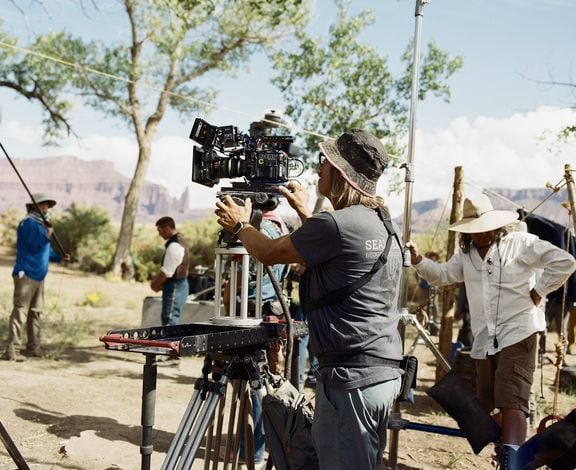
You changed things up a bit for the second movie, right?
Yes. We kept the same camera but moved up to the full frame series of lenses, the LEITZ PRIMEs. But now the conversations are about, why do we have to shoot 8K, because of course we’re trying to save money. But I knew it was what the film needed. We needed to do a lot of stabilization and there were a lot of visual effects. In the end they allowed me to decide which scenes needed to be 8K.
There were two of the SUMMILUX-C lenses that vignetted slightly on 6K, which I didn’t mind actually. During the DI I asked the editor to leave the vignettes so I could play with them later. But there were more VFX shots than we had expected, and I knew there would be more for the second film, so I wanted to be able to move up to 8K on a whim and the LEITZ PRIMEs gave me the coverage to do that and maintain quality across the full sensor. I really love the glass. I was so happy with it. Just wait until you see the way it captures the ladies’ faces, wow.
Can you talk more about the VFX needs in these films?
There ended up being a lot more digital erasure here and there than one might expect. And when your story is crossing the country from Chicago and you’re shooting in Utah you’ve got to represent the whole rest of the country, so those areas need some visual effects to create the appropriate environment. You can’t just fly here and there to get the exact area when we’ve got 60 wagons with animals and teamsters. It’s a big change from when we shot Dances with Wolves. There were no visual effects there.
But that’s something that became clearer in hindsight. We all learn by making mistakes and as we went on we got a little smarter. For the third movie we have to recreate Andersonville Prison in Georgia. It housed 20,000 prisoners! If you look at the research photos it’s just humanity in a mud pit. It’s brutal. That’s what I’m working on right now.
For both movies we’re also doing a film out process, twice actually. We printed it out to a negative, then went to an interpositive, then scanned it back in again. When I first proposed it to Kevin we were sitting at breakfast in Utah, and I was like, “Hey, you know they did this film out process on Dune, and they did it on The Batman.” I described it to him and his response was that those movies are science fiction. They don’t need that. We do! And he was right on about how it would play on our movies. The tests have been fabulous.
When do we get to see these films?
Warner Bros is going to release these as a two-part thing. Chapter 1 will be released on June 28, 2024 with Chapter 2 being released on August 16, 2024.
I’m really proud of these films. They look so good, the score is great, and the story is so compelling. There’s a couple of surprises in there and some unusual storytelling concepts. We’re psyched about it.


Overview
DoP J. Michael Muro
Lens used
SUMMILUX-C
Performance
Fast, compact, reliable, beautiful in color and excellent in contrast.

















